Making History: 40 Years of Africana Studies at Vassar
The Africana Studies Program at Vassar celebrates its 40th anniversary this year. It’s a milestone that comes at a pivotal historical moment, as a person of African descent begins to lead the United States. Celebrations began in the fall with guest lectures from leading scholars from as far away as Cheikh Anta Diop University in Senegal addressing students on campus. The festivities will continue through the end of 2009, culminating with an art exhibition in the College Center.
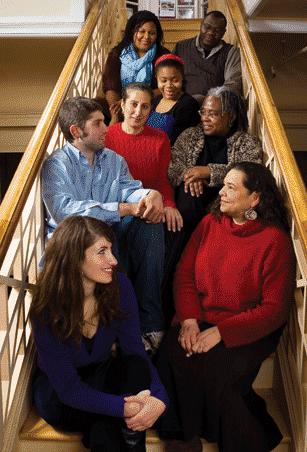
Clockwise from top left: Summer's-Grace Green '09, Professor and Chair of Africana Studies Ismail Rashid, Rachel Tetteh '11, Professor of Sociology Diane Harriford, Professor of Hispanic Studies Lizabeth Paravisini-Gebert, Ilena Robbins '09, Kyle Nelson '09, Professor of Africana Studies Tagreed Al-Haddad
The program has been transformative for students over the past four decades, creating community for many students of color and fostering an understanding of racial dynamics through a rigorous, multidisciplinary curriculum. (Africana Studies is the oldest of Vassar’s multidisciplinary programs. The college currently offers twelve in total, including the programs in American culture, cognitive science, and international studies.) Professor Joyce Bickerstaff once said the mission of Africana Studies was to “institutionalize within the Vassar curriculum the intellectual and cultural traditions of the African-American and the African Diaspora.” Professor Ismail Rashid, the program’s current director, says that that mission is being fulfilled with a racially and academically diverse faculty drawn from a range of disciplines.
While there will always remain room for further advancement, Rashid acknowledges that the college has made progress in hiring a more diverse faculty and recruiting diverse students. He also notes that “we have very good cooperative relations with other programs,” and cites the alliance between Africana Studies and Women’s Studies to support Sistah Power!, a mentorship program for girls who live in Poughkeepsie. Other academic collaborators have included the history, film, art, and Hispanic studies departments, all of which have “generously released faculty to teach or cross-list courses with Africana Studies, or co-sponsored programs with us,” Rashid says.
Further extending its reach, Africana Studies has also been a part of groundbreaking endeavors like the Green Haven Prison Program, led by Professor Lawrence Mamiya. The Green Haven Pre-Release Center provides soon-to-be released prisoners with an opportunity to learn about life on the outside of prison by communicating with Vassar students in structured workshops designed by Mamiya.
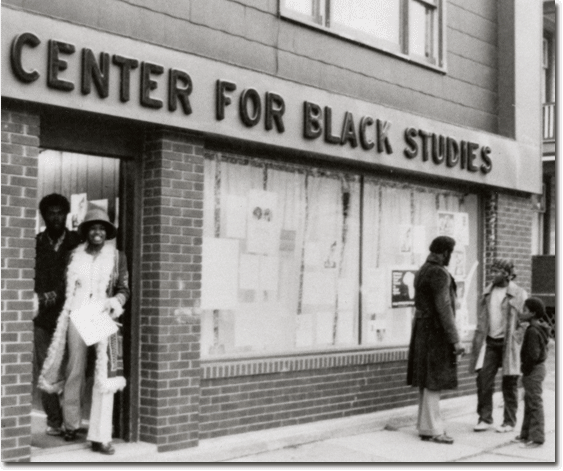
“The Africana Studies Program helped make Vassar more diverse, and it brought in students from all ethnic backgrounds,” says Claudia Lynn Thomas ’71, the country’s first black orthopedic surgeon and author of the memoir God Spare Life. Thomas was one of several students who participated in a student protest that was partly responsible for the college’s sustained support of what was then called the Black Studies Program.
Black-studies programs nationwide have a history tied to student protests in the wake of the assassination of Dr. Martin Luther King Jr. in 1968. Vassar’s program began as others were also starting up at public and private universities, such as San Francisco State in the fall of 1968 and Cornell in 1969.
“As early as the fall of 1967,” then-Dean of the Faculty Nell Eurich wrote in the December 1969 issue of this magazine, Vassar students were beginning to organize for more black-oriented courses on campus. “The Students’ Afro-American Society (SAS) held informal seminars,” Eurich wrote, “and prepared bibliographic materials which they hoped would lead to formal class offerings.” Dr. Thomas was one of the first members of the SAS, which was Vassar’s first black student organization. The SAS devised plans to help create community for the few black students on campus. (In the fall of 1969, Thomas says in her memoir, there were 42 black students at Vassar out of a total of 1,600.)
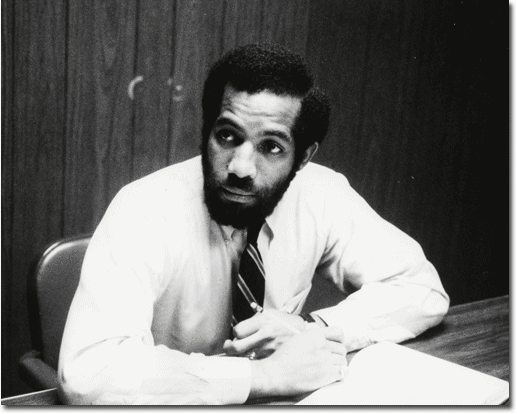
During the winter of 1968, Vassar’s Committee on Curricular Policies began considering “a proposal for an interdepartmental minor in social minorities or black studies,” Eurich wrote in her article; by February of 1969, she said, “the faculty approved the development of a multidisciplinary program in black studies.” The college also announced the appointment of two black scholars, Eric C. Lincoln and Norman Hodges, and the creation of eight new classes related to black studies in a range of departments. In April of that year, students made a number of additional proposals: an urban center for black studies; an on-campus cultural center that would focus on African-Americans; black cooperative housing; a black counselor; and a budget for activities, according to an article on the history of the black experience at Vassar written by psychiatrist June Jackson Christmas ’45-4 for the Spring 1988 issue of this magazine. By the summer of 1969, many of these proposals were officially on their way to being realized.
One of the earliest incarnations of what is now the Africana Studies Program, the Urban Black Studies Center, opened in the fall of 1969 in a storefront in downtown Poughkeepsie. Professor Milfred Fierce, the first director of the program, said that while the fundamentals of getting a good education were part of the program’s foundational principles, there were also other important aspects of the curriculum, particularly for students of African or African-American descent. “The confidence, motivation, and inspiration that [came in] knowing about your own history and yourself and the building blocks to be successful in whatever you decided to do was more important than just taking a bunch of classes,” he said. “There were people who would argue that there was nothing there to study. But that was part of our battle. You only make that argument because you don’t know, so therefore you ought to be first in line to broaden your own horizons.”
The Urban Black Studies Center was a place that had an early impact on Ed Pittman ’82, now an associate dean of the college. The center was a block from where Pittman grew up; he and his friends went there to play and meet Vassar students in the afternoons.
“They arrived on a minibus that was painted red, black, and green,” Pittman recalls. Inside the center, “the African masks and other symbols cemented in my mind that there was a culture to which I belonged,” he says. In the 1969–70 academic year, Black Studies was underway, but due to its status as an “experimental” program, it was not necessarily ensured ongoing funding. “The overall pace of implementation was too slow for students who saw too little happening,” Dr. Christmas wrote in her article. Vassar’s black students, like many at colleges and universities across the country, were in a state of unrest. On October 22, 1969, representatives of the SAS met with members of the administration, “[f]ollowing established guidelines for grievances,” Thomas writes in God Spare Life. They presented President Alan Simpson a letter that included a list of nine demands, and a deadline of three business days for compliance. President Simpson wrote a letter back, Thomas says, that “expressed no intention of meeting our deadline,” and recommended instead that the SAS continue is discussions “with the dean, the vice president, and various committees” — a process that he projected “would take months.”
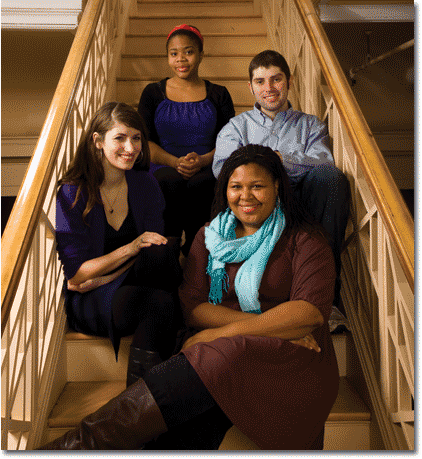
Maybelle Bennett ’70, now director of the Howard University Community Association, was one of the students who participated in the takeover of Main Building. She was a senior and in charge of cutting off communication at the college’s switchboard. While she felt that takeovers like the one that she participated in was “one of our generation’s contributions” to African-Americans at colleges all over, she said that the strength of the Africana Studies Program would not have been possible without “a commitment from Vassar College.”
At a time when many of the 450 Africana- and black-studies departments around the country are flagging and continually seeking to prove their relevance in academia, Vassar’s program is still alive and well. In the 2008–09 academic year, there were twelve Africana studies majors, and seven students chose the program as a correlate or minor. Present and past students who took Africana studies courses, or who were Africana studies majors, have referred to the program as a kind of home away from home, offering classes on topics that speak to them and their interests while simultaneously challenging them intellectually.
Africana Studies 330: Black Metropolis: Caste and Class in America, a class in which students took field trips to the South, was an amazing educational experience for Rasha Hamid ’97. “One of the moments that stood out for me,” says Hamid, “was visiting the church in Birmingham that was the site of the 1963 bombing where four little girls were killed. We also were reminded on that trip that hate groups like the Ku Klux Klan were not gone, and in fact were still placing classified ads in papers to recruit new members.”
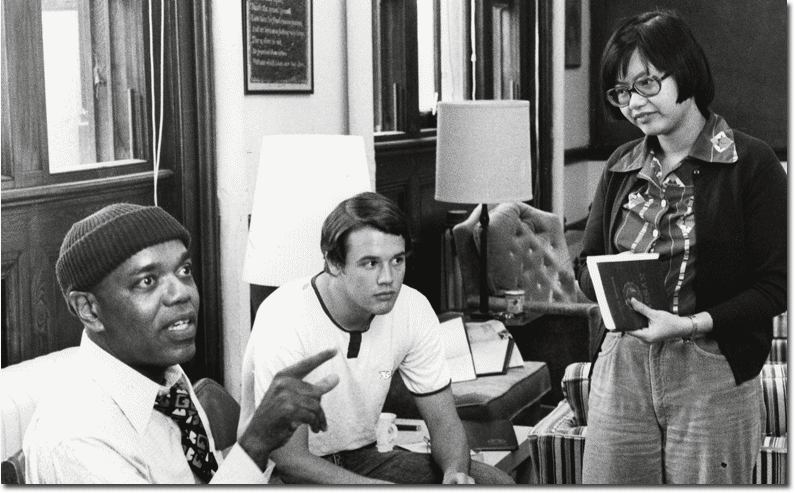
Professor Norman Hodges (left)
Kyle Nelson ’09, a white Africana studies major, believes that before he arrived at Vassar, he “was not presented a very truthful representation of American or European history,” he says. After he graduates, Nelson hopes to “expand the scope and the perspective of what is taught in American schools and prioritized by administrations.” Nelson adds that while the program offerings — favorites of his have included Africana Studies 354: Contemporary African Photography and Video and Professor Tim Longman’s course on African politics — have expanded, he sees Africana Studies as playing a bigger role in perpetuating diversity on campus; in his opinion, other departments should incorporate more Africana studies classes into their offerings. The religion department, Nelson points out, has offered classes on topics including Yoruba and Santería — religions of Africa and the African diaspora, respectively — and cross-lists Religion 268: Sociology of Black Religion.
While students and administrators are proud of the college’s continued commitment to Africana Studies and its professors’ role in helping students understand the global context in which we all live, some, like Ismail Rashid, express hope that the program will eventually attain departmental status. Africana Studies has four jointly appointed, tenured faculty members — Rashid, Longman, Bickerstaff, and Mamiya — in addition to faculty who are contracted to teach a certain number of courses in the program, like art professor Lisa Collins and Hispanic studies professor Lizabeth Paravisini-Gebert.
Rashid points out that the number of white students who major or take correlates in the program changes from year to year, but the majority of students participating in the program tend to be African or African-American. Nana Brew-Hammond ’98, a first-generation Ghanaian American who majored in Africana studies with a concentration in African-American politics, says she felt empowered in her Africana studies classes because they created one of the few spaces where she was “not the only black student in a classroom.” As someone who had her own “assumptions and prejudices about African-Americans,” Brew-Hammond says that “Obika Gray’s African-American politics class helped me shed my ignorance.” A class “led by a Caribbean professor” with fellow students “hailing from America, the Caribbean, and Africa” created a forum for intellectual candor, Brew-Hammond says. “I felt comfortable voicing my opinions and trading ideas in lively debates without feeling pressure to censor myself in front of white students,” she adds.
As the program evolves, Rashid says, “We are constantly faced with new challenges, like how to harness the wealth of talent of our faculty and continue to build a dynamic program responsive to the needs of students, faculty, and the college.”
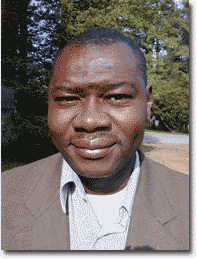
Summer’s-Grace Green ’09, who, along with Kyle Nelson ’09, serves on the program’s majors committee, hopes the celebrations for the 40th anniversary of the Africana Studies Program will send a message to the student body about the program’s importance, so that well into the next decade it can draw from a long “legacy of students.” Upcoming celebratory events include: the 30th Anniversary Conference for the Green Haven Prison Program, during which New York Department of Corrections Commissioner Brian Fischer will speak at the Aula on April 4; the Africana Studies 40th Anniversary Conference and Reunion from April 17 to 19, with a subsequent faculty seminar offered by Professor Eva Woods-Piero; and an exhibition titled “Africana at Vassar,” scheduled to open October 28.
—Joshunda Sanders '00 is a writer and journalist living in Austin, Texas. She has been a reporter since she was a junior at Vassar. Her work has appeared in several anthologies, encyclopedias, and textbooks.
Photo credits: Jim Smith and courtesy of Special Collections, Vassar College Libraries
Have a comment about this article? Email vq@vassar.edu.
